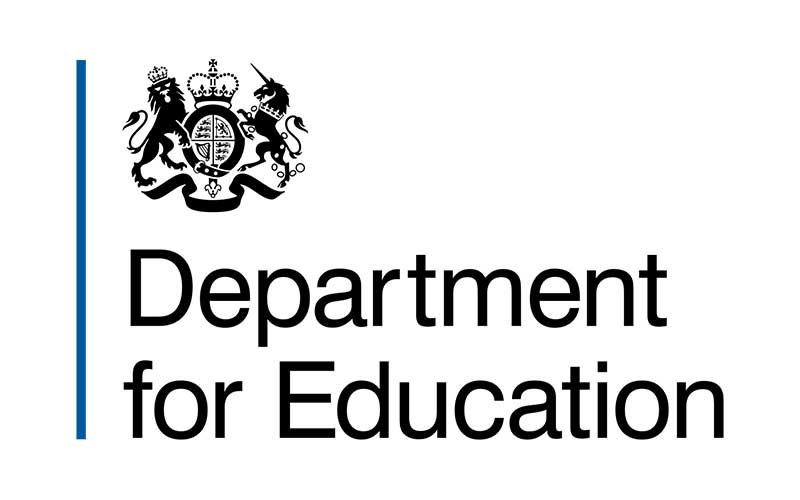Keeley Ondrak-Green is an Employment Broker at Pentreath, an award-winning charity in Cornwall that supports the recovery from mental ill health, and develops opportunities for people to meet their potential. In this video Keeley explains how to recognise poor mental health and anxiety in students. Although poor mental health looks different in each person, there are some standout signs to look out for…
One key sign is constant fidgeting, playing, or loss of concentration. On top of this, a young person may find it difficult to enrol, you may notice them disengaging from class, canceling appointments and meetings, or making several excuses to get out of commitments. It’s important to understand the many reasons why a young person may show these signs; one common reason Keeley explains is that a young person’s experience in their previous educational environment hasn’t been positive.
It’s also key to meet a student suffering with poor mental health before the 2nd lesson of the course to establish where they’re comfortable, outline the course ahead, and set small but achievable goals for them to work towards. These goals can be as small as how they plan to travel to college the next day, or where they plan to sit in class. In these meetings before class, it’s also important to identify any barriers that a young person may have, and how best the college can support these and make their environment more accessible.
Debriefing after a lesson is just as crucial as the meeting before, this way the student can express any concerns they may have, or have a conversation in confidence about what they struggled with in class, and how best these struggles can be supported.





